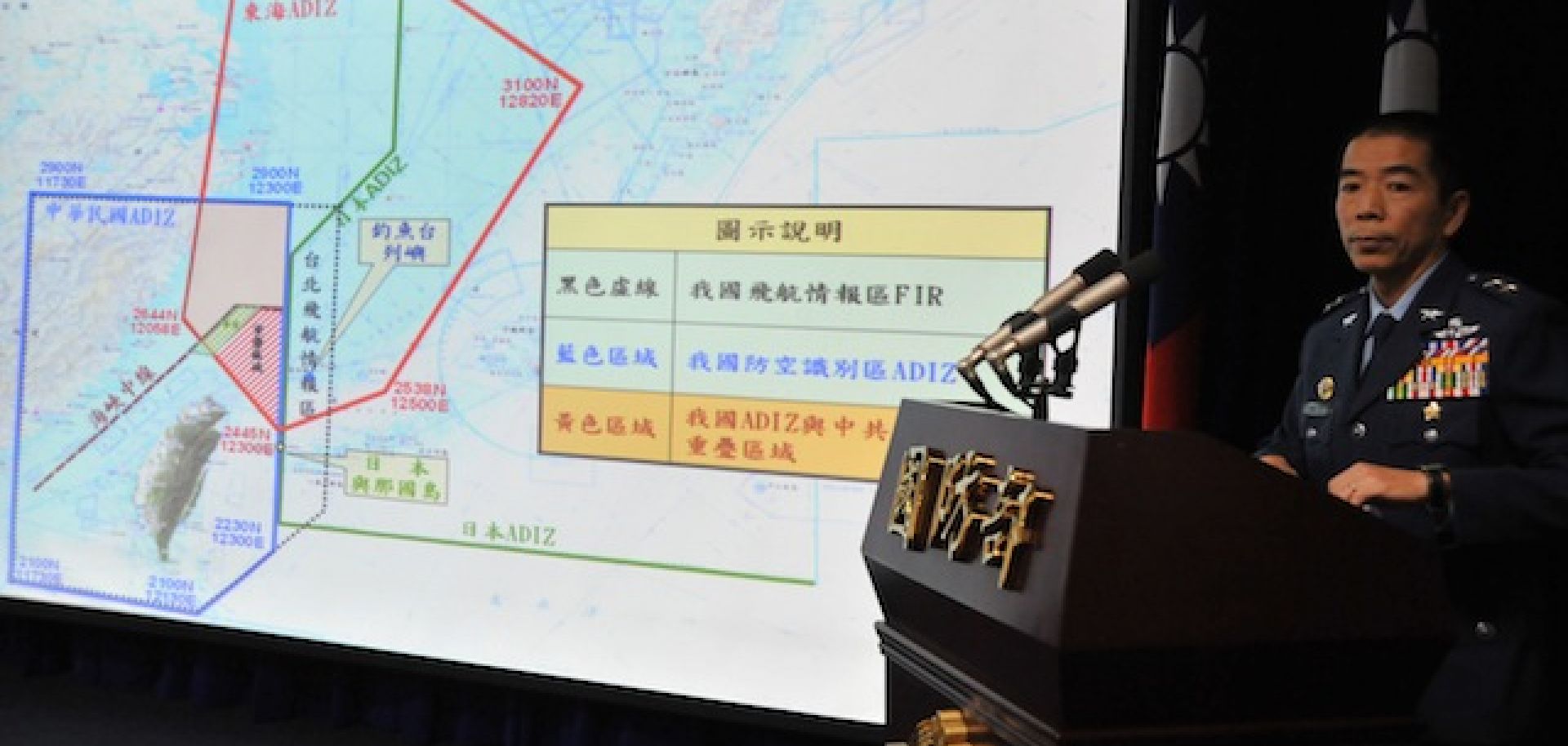ASSESSMENTS
Air Zone Tensions Continue Over the East China Sea
Dec 6, 2013 | 22:05 GMT

(Mandy Cheng/AFP/Getty Images)
Summary
U.S. Vice President Joe Biden returned from South Korea on Dec. 7, having also visited Japan and China during a week of diplomatic upkeep. Biden's trip was planned before China's Nov. 23 declaration of an air defense identification zone, or ADIZ, in the East China Sea, but the controversy over Beijing's move, while not the only topic discussed, dominated the vice president's trip.
In Japan, Biden and Prime Minister Shinzo Abe attempted to show a unified position over China's new zone, which overlaps with Japan's own air zone and, in particular, the Japanese-controlled Senkaku/Diaoyu islands, over which China claims sovereignty. The two leaders pledged to reject unilateral attempts by China to change the status quo in the region and agreed to oppose any threats to civilian aviation. In China, Biden discussed the new air zone with President Xi Jinping, who reiterated Beijing's position, though the issue did not prevent discussion about other concerns such as the direction of China's economic reforms. Finally, in South Korea, Biden and President Park Geun-hye agreed to hold close consultations over the new identification area, which also overlaps the Korean air zone.
Subscribe Now
SubscribeAlready have an account?
